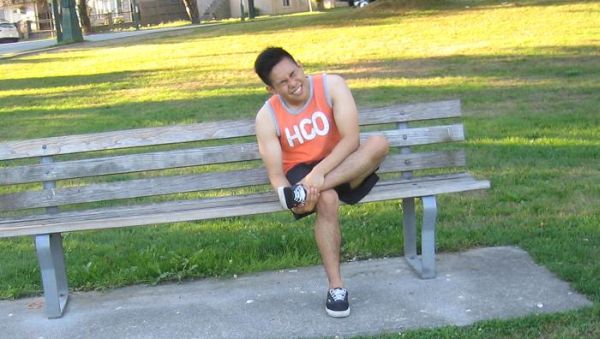A torn ankle ligament is considered as a common injury especially among those who play sports. The ligaments are responsible for holding the bones together. If an individual twisted his/her ankle, the treatment is based on the severity of the damaged ligament.
- Grade 1 sprains involve ligament stretching without evident tearing
- Grade 2 sprains involves partial ligament tear
- Grade 3 sprains involve full tearing of one or more ligaments
The treatment for a torn ankle ligament includes a combination of exercise, rest and rehabilitation. Surgery is oftentimes required for severe cases of grade 3 sprains.
Acute phase
The treatment for a torn ankle ligament during the acute phase is focused on minimizing the inflammation and pain. An ice pack can be used at 20 minutes every 3-4 hours right after the injury.
Cold therapy helps reduce the pain by making the nerves less sensitive and highly effective during the initial days after the injury. Non-steroidal anti-inflammatory drugs (NSAIDs) such as naproxen, ibuprofen or aspirin can be given to reduce the inflammation and pain during this phase. You should also elevate the leg as much as possible to minimize the swelling. The doctor will recommend crutches, elastic bandage, supportive boot and a splint to protect the ankle from further injury.

Sub-acute phase
The sub-acute phase of the healing process starts around the 4th day and continues until 2 weeks after sustaining a torn ankle ligament. During this period, range of motion exercises must be started to reduce ankle rigidity due to the swelling.
The individual can also start physical therapy including electrical stimulation and ultrasound to promote healing along with exercises to improve mobility. The exercises should be non-weight bearing such as riding a stationary bike. The individual can also place some weight on the foot while walking. In addition, the individual is also weaned from the crutches and braces at this phase.
Rehabilitation phase
The rehabilitation phase usually starts once the individual can bear full weight on the ankle and crutches are no longer needed. Take note that this phase can start 2-6 weeks after the injury while a severely torn ankle ligament can start later.
The object of this phase is to restore movement, function and strength in the ankle. The physical therapist might also stretch the ankle to reduce the stiffness as well as improve movement. The strengthening exercises can also be carried out.
Functional phase
After 6 weeks, the treatment for a torn ankle ligament is focused on restoring full functionality. The range of motion exercises can be continued with added resistance from an elastic band.
It is recommended to balance training activities. The functional activities might also include recreational and sports activities.
Surgery
For grade 3 sprains especially those who have continuous pain or consistently feel that the ankle is about to give away, surgery is required. In such cases, a torn ankle ligament requires reattachment using screws.
There might be a need to use a cast or crutches for 6-8 weeks while the ligament heals. Once the cast is removed, the treatment starts at the sub-acute phase and progresses through rehabilitation and the functional phases.
It is vital to seek medical care if the ankle is sprained even if it is only a minor injury. If treatment is started early, any long-term issues can be prevented especially loss of motion and chronic weakness that can develop after the injury.

